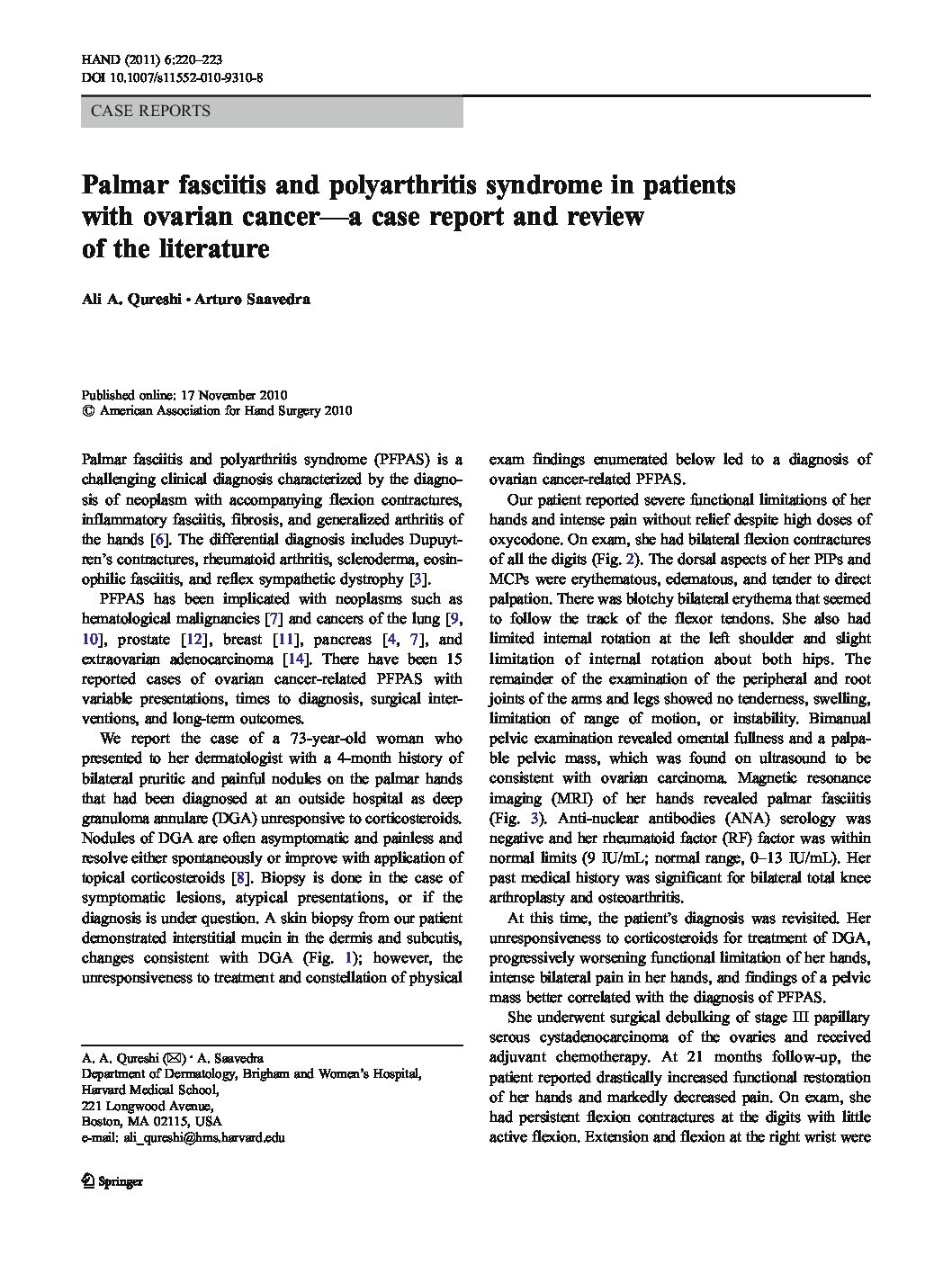A hand surgery colleague just sent me hand pictures of a patient he had treated with needle aponeurotomy seven years ago. His patient recently had a recurrence and had an excellent outcome with repeat needle aponeurotomy. A great result, more impressive because things don’t always go as well. It’s an example of the ups and downs of not being able to predict Dupuytren outcomes.
This is also an example of why it’s so important to find Dupuytren biomarkers – to take the guesswork out of Dupuytren care. We are looking for genetic biomarkers which correlate with disease risk (what’s the chance of getting Dupuytren disease?), but it will be much more useful to find a dynamic biomarker which correlates with the current rate of progression (how fast will contractures develop and get worse?). There are many open leads: https://dupuytrens.org/dupuytren-literature-circulating-biomarkers/
It’s common for one person’s rate of Dupuytren contracture progression to vary – or stop and start. It’s an unsolved problem for the choice of treatment. For example, we know that nodules are a sign of disease activity. Nodules correlate with local myofibroblast density and earlier recurrence after treatment. In patients with nodules and contractures, some recommend waiting for the disease to “mature” (nodules go away) before treatment to have a better result. Unfortunately, that’s not always an option. Bent fingers with finger nodules may worsen rapidly over months after a local steroid injection, radiotherapy, or watchful waiting. The window for the best result may close while waiting. Right now, we can only guess at outcomes, and still not be certain years later whether treatment was helpful or not.
Unpredictable patterns of progression are a great barrier to development and assessment of preventative treatments for early stage disease. It’s impossible to tell the effectiveness of preventative treatment if the person’s baseline risk of progression is unknown. It’s even more difficult because one has to wait 5 or 10 years to really see what has happened.
Once research finds a biomarker to give a snapshot of current disease activity, we will be able to monitor Dupuytren biology in real time rather than having to wait years for results. A disease activity biomarker could be used to help answer many questions:
- Does the person with only a nodule have Dupuytren disease and everything which goes with it over time, or do they just have a lump which looks like Dupuytren disease – but isn’t?
- Does the person with a contracture have an aggressive biology for which a minimally invasive treatment will last less than a year, or do they have a less aggressive biology for which a fasciectomy would be overtreatment?
- Does the person with a mild contracture need to be treated now because it’s about to rapidly get much worse, or is it safe to wait?
Most important, Dupuytren disease activity biomarkers will greatly speed up research for a cure as well as help identify factors which affect the biology. Does a vegan diet soothe or aggravate Dupuytren biology? What about splinting? Nutritional supplements? Steroid injections? Radiotherapy? Statins? Other medicines? Rather than waiting for years, biomarker levels could be measured before and after to see the immediate effect. The same approach will speed up the ability to test any new medications being developed to treat Dupuytren disease.
The long-term target of International Dupuytren Data Bank (DupStudy.com) is DNA to assess disease risk. For this, we need blood samples from at least 10,000 research enrollees and at least 5 million dollars. However, disease rate biomarkers might be identified with fewer patients and less cost. For this, all we need is funding.
Medical research is typically funded by large government grants to universities, but successful Dupuytren research needs far more Dupuytren patients than any university sees on a yearly basis. That’s why the IDDB uses online crowdsourcing – it’s the only way to get the numbers we need, but also limits our funding options, because the Dupuytren Foundation is a nonprofit charity, not a university medical center.
Right now, the best way to speed up research for a Dupuytren cure is to get people involved who can impact funding for IDDB research: grant writers, fundraisers, benefactors, foundations. The heroes of this process are people with Dupuytren disease who step up to make this happen.






